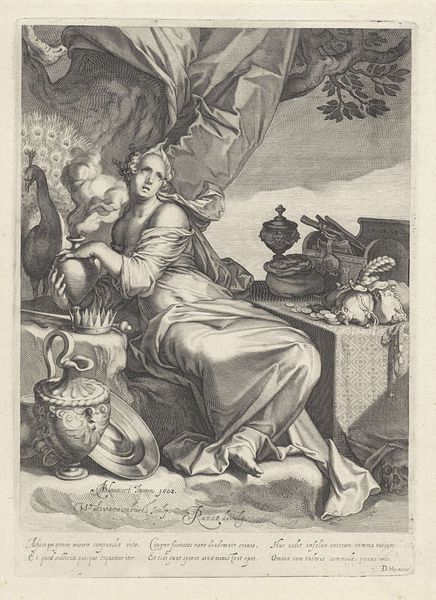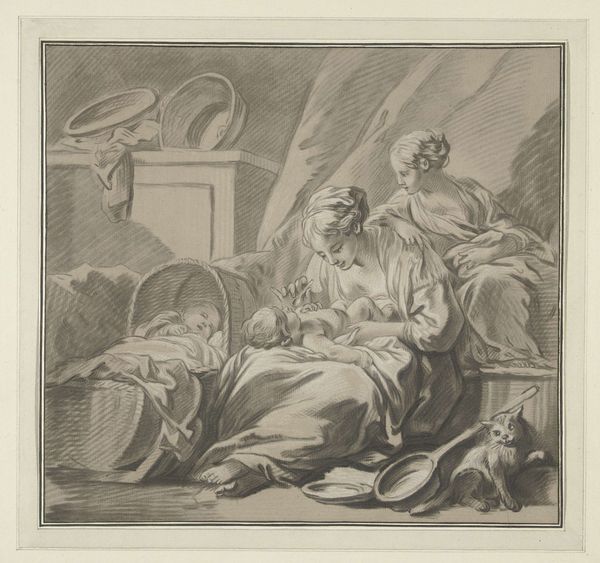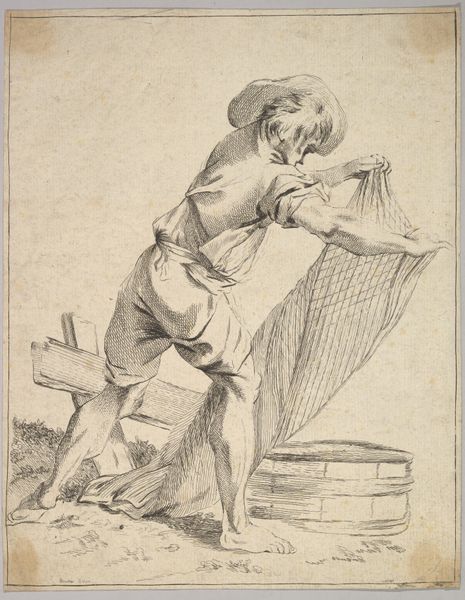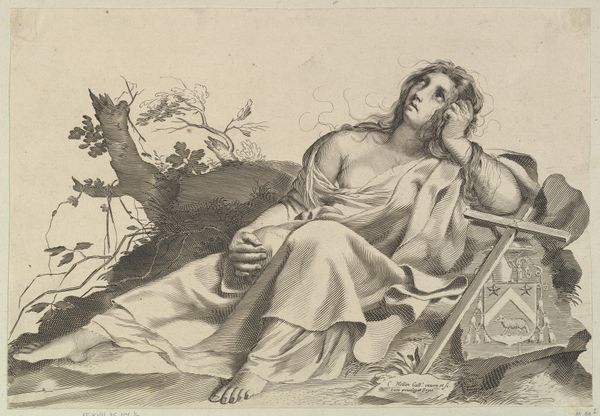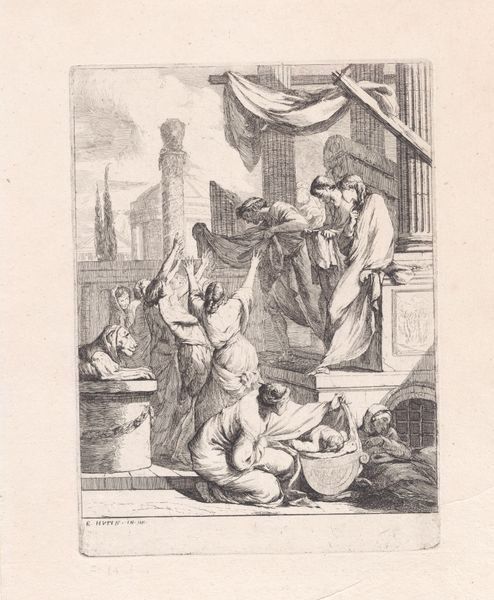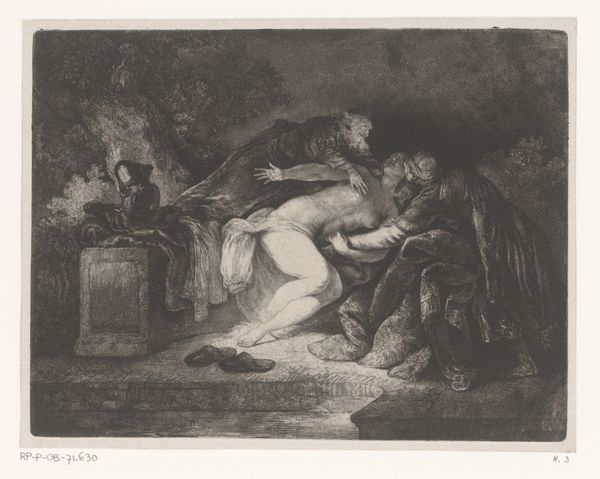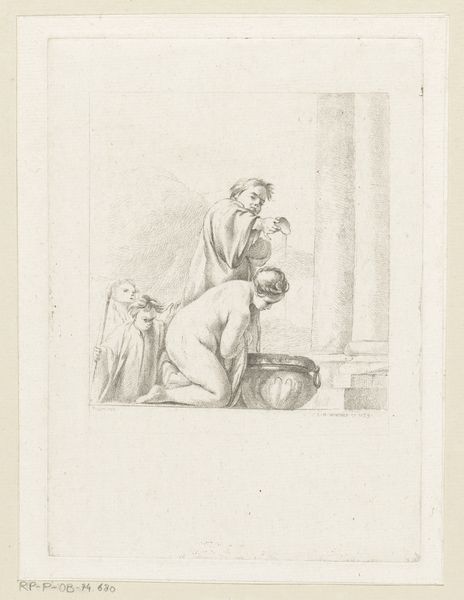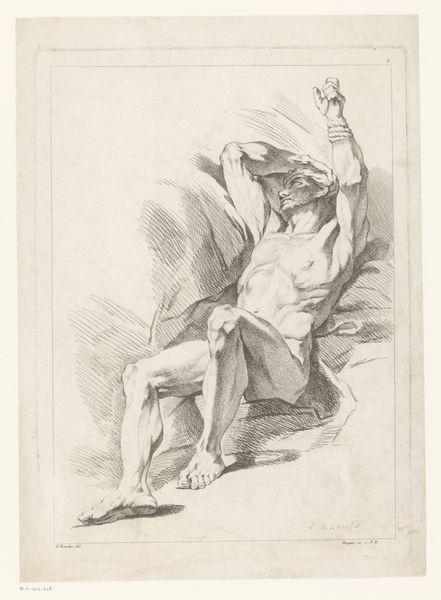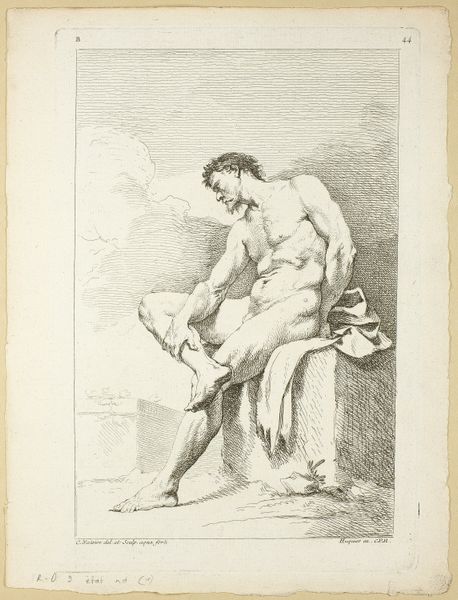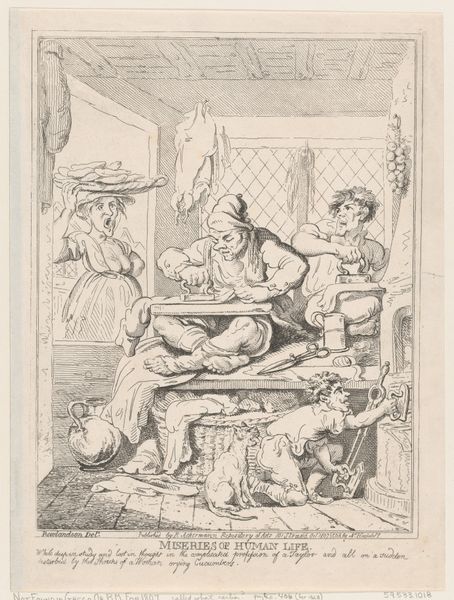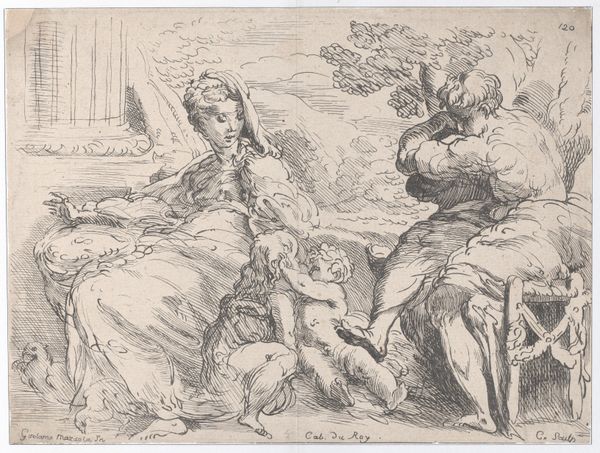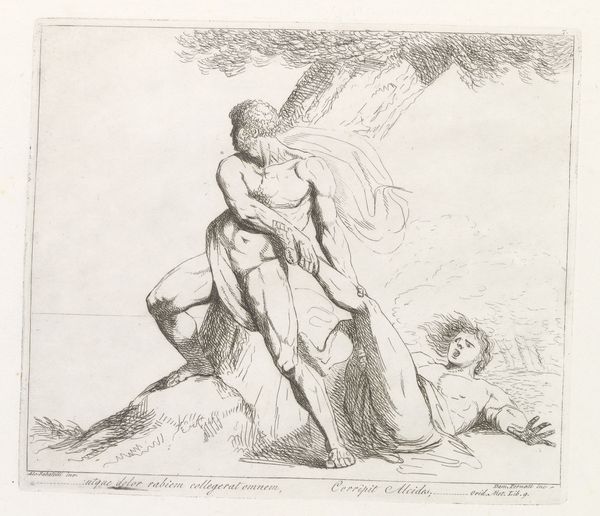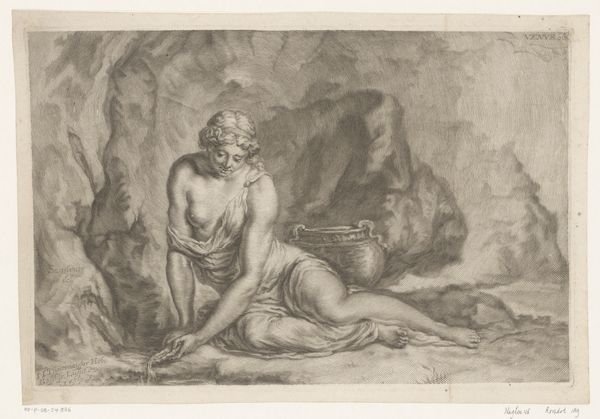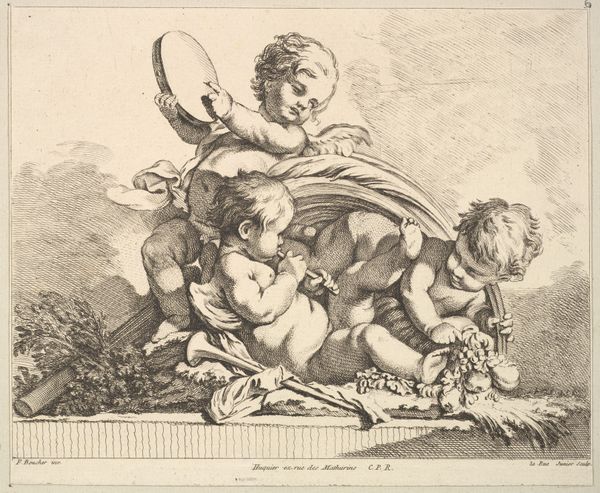
Efteråret, en siddende kvinde, der presser druer 1743 - 1809
0:00
0:00
drawing
#
portrait
#
drawing
#
portrait drawing
#
academic-art
Dimensions: 202 mm (height) x 270 mm (width) (bladmaal)
Curator: Editor: This drawing, "Efteråret, en siddende kvinde, der presser druer," or "Autumn, a seated woman pressing grapes," by Nicolai Abildgaard, was created sometime between 1743 and 1809. It's a delicate portrait drawing with the figure seeming relaxed, almost melancholic. How do you interpret this work? Curator: I see a complex negotiation of power and vulnerability. Abildgaard positions this female figure within the symbolic context of Autumn, traditionally associated with abundance, but also decline. Look closely at the way her classical drapery both reveals and conceals. It evokes the aesthetics of antiquity while simultaneously hinting at the limited agency women experienced in that era and beyond. Editor: Interesting. I initially saw just a woman enjoying the fruits of the season, but now I see the subtle commentary. Is there a tension between her role as a symbol and her individuality? Curator: Precisely. Consider the grapes she's pressing. It's an act of labor, of extracting value. But who benefits from this labor? And what does it say about the artist's own position, creating this image within a patriarchal system? How can we view it as a statement on class and gender relations in 18th-century Europe? Editor: It adds another layer to see this figure not just as "Autumn" but as someone existing within very specific societal constraints. This wasn’t as straightforward an allegorical figure as I first thought. Curator: Indeed, the artwork reveals complexities related to cultural representation, historical context, and the intersection of social identities. We can see it reflecting discussions around the labor of women. Editor: Thank you. I am certainly approaching my museum visits armed with more pointed questions now.
Comments
No comments
Be the first to comment and join the conversation on the ultimate creative platform.
